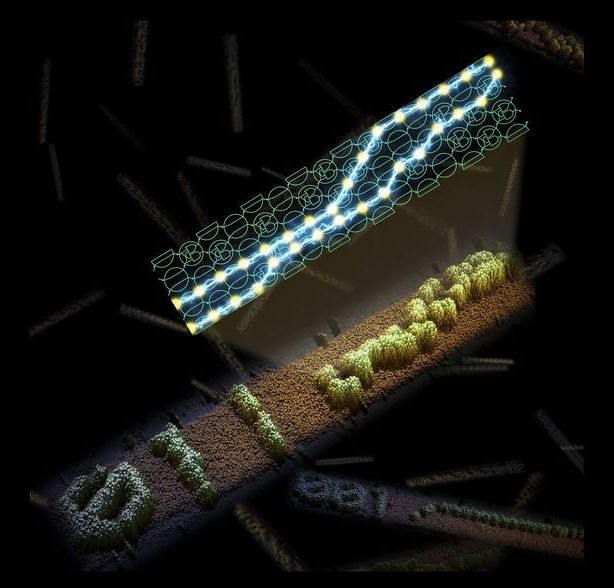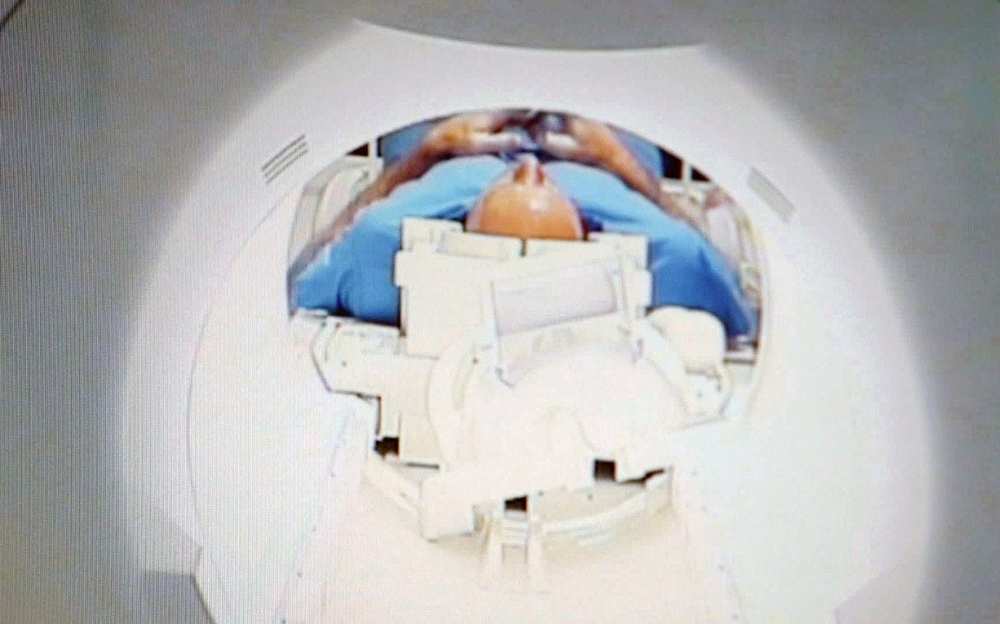Mar 21, 2019
Computer Scientists Create Programmable Self-Assembling DNA
Posted by Paul Battista in categories: biotech/medical, computing, engineering, information science
Computer scientists at the University of California, Davis, and the California Institute of Technology have created DNA molecules that can self-assemble into patterns essentially by running their own program. The work is published March 21 in the journal Nature.
“The ultimate goal is to use computation to grow structures and enable more sophisticated molecular engineering,” said David Doty, assistant professor of computer science at UC Davis and co-first author on the paper.
The system is analogous to a computer, but instead of using transistors and diodes, it uses molecules to represent a six-bit binary number (for example, 011001). The team developed a variety of algorithms that can be computed by the molecules.
Continue reading “Computer Scientists Create Programmable Self-Assembling DNA” »


















